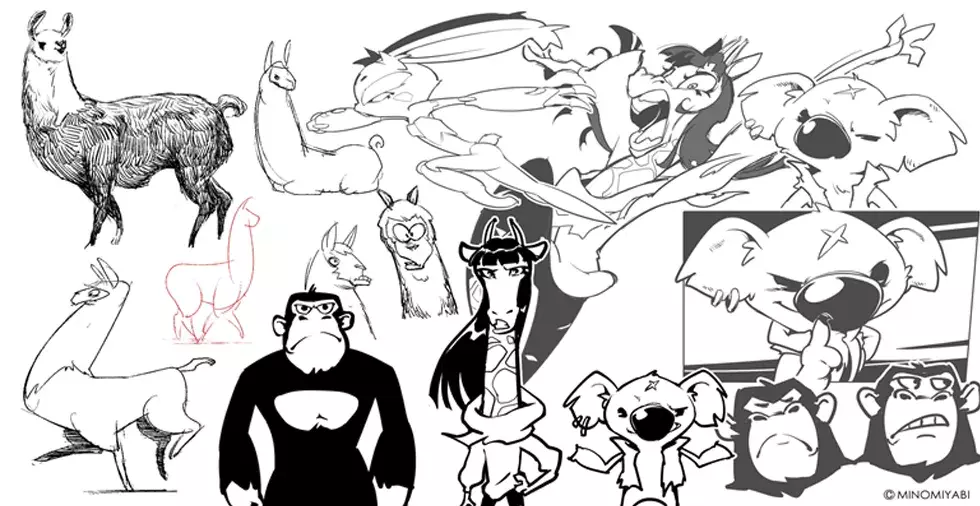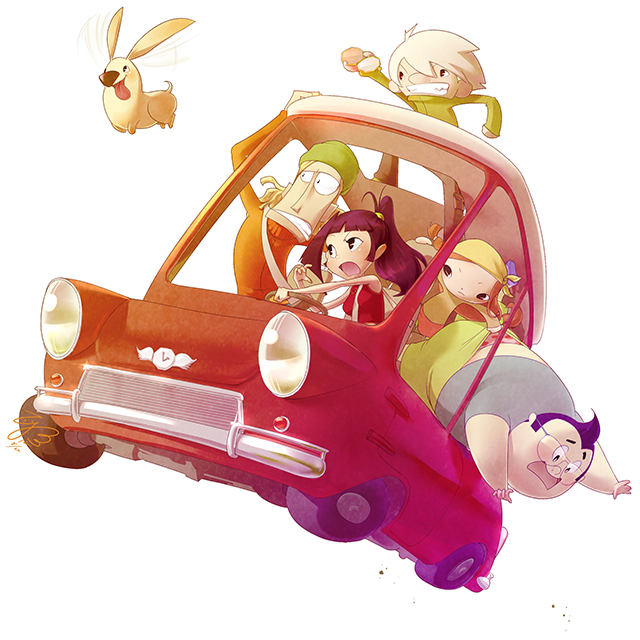
The history of animation goes back much further than the dawn of cinema – in fact, it seems that the desire to make pictures move is deeply embedded in human culture. Scholars studying Paleolithic cave paintings have noted that the artists depicted animals on the rock walls in such a way to suggest motion, perhaps to be illuminated by a flickering torch flame. Later, the optical illusions of shadow puppetry laid the foundations for “moving pictures” as mass entertainment, and traveling magic lantern shows popularized such spectacles across Europe and then the world starting in the 18th century. The 19th century invention of optical toys such as the phenakistascope (a circular wooden or paper disk with printed images along its edge, that could be rotated like a pinwheel) introduced new ways of “animating” drawings, and by the turn of the century could be integrated with the new innovation of cinema.
Who made the very first animated clip on film? There is some debate, but certainly one of the oldest in the world is the “Katsudō Shashin” (aka “the Matsumoto Fragment”), a three-second-long celluloid film strip produced by an unknown filmmaker in Japan that dates at least to 1907 and was discovered by chance in Kyoto in 2005 Around that time, other pioneers in cinema like Georges Méliès in France and J. Stuart Blackton in the USA experimented with techniques like stop-motion and in-camera animation tricks, but it was Winsor McCay’s massively popular 1914 short “Gertie the Dinosaur” that showed the possibilities for drawn animation on film.
Soon after, a young animator named Walt Disney came onto the scene and revolutionized the art form forever. Disney, who had gotten his start doing animation experiments in his parents’ garage, first became known for the invention of Mickey Mouse and other original characters, but also his unique retelling of traditional fairy tales, his passion for cultivating new technologies like two-strip color, and his savvy (sometimes cutthroat) business sense. By the time of “Snow White and the Seven Dwarfs” in 1937, one of the very first animated features of all time, he was a giant in the industry and his legacy is still felt today.
With the rise of television in the 1950s, animation found a home on the small screen, often adapting characters and stories that were already popular in other formats, like comic books. This is a major factor in the parallel development of anime as a major art form and industry in Japan (see a previous JAPAN HOUSE article on this topic). By the 1980s, though animation was considered more of a youth medium in the West, Japan’s vibrant manga and anime scene (both in feature films and television series) provided a counterpoint with diverse, sometimes dark and edgy, animated fare for older audiences. With increasing rates of translation and distribution, global audiences were able to access more anime works, driving a worldwide fandom and influencing Western TV, films, comics, and emerging video games.
From the 1990s on, animation studios began exploring ways to make animation more efficient and less expensive through the use of CGI (computer generated imagery), and the success of Pixar Studios proves the potential for this. But many animators and fans (not to mention the legendary Hayao Miyazaki of Studio Ghibli) have long hoped that hand-drawn animation would continue, or at least remain part of the digital process. Though Miyazaki himself has experimented with digital animation, his studio still prioritizes hand drawing as the foundation of their projects. Despite the advances of digital technology, perhaps it’s just as important to preserve that link to the most ancient forms of animation: the wonder of how a simple line becomes a face, a face conjures a character, and multiple angles or a flipping of pages can turn stillness into motion. An incredibly human type of magic.
Related Workshop
If there’s a budding artist in your family, get out your sketchpads! Los Angeles-based illustrator and animator MinoMiyabi will be your guide through a series of short, fun instructional videos (7-10 minutes each) specially tailored for children & families – no experience required.
Video lessons are available on the JAPAN HOUSE Los Angeles Events page and YouTube channel, and can be viewed anytime. (A total of four video lessons will be released between May – June, 2020.)
● Episode 1 | Emotions with a Simple Smiley Face!
● Episode 2 | Build Your Own Characters
● Episode 3 | Animals 101
● Episode 4 | Drawing Characters in Perspective
© MinoMiyabi


